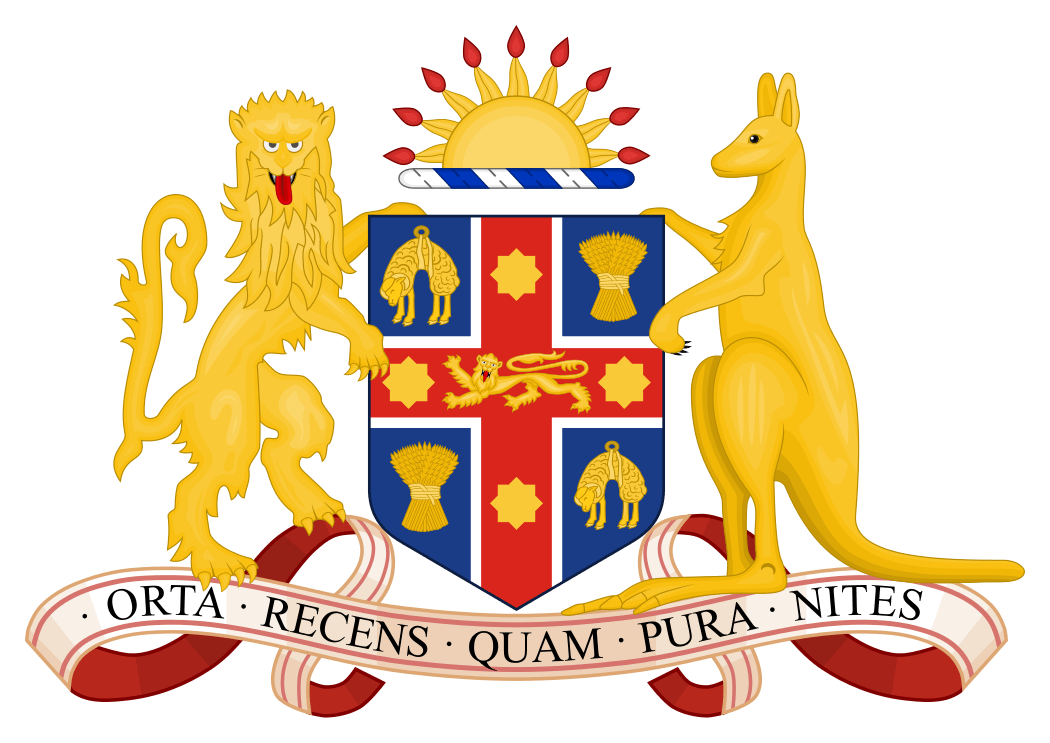Workers Compensation Commission of New South Wales
| Workers Compensation Commission of New South Wales | |
|---|---|
 | |
| Established | 1 August 1998 |
| Jurisdiction | New South Wales, Australia |
| Composition method | Vice-regal appointment upon Premier's nomination, following advice of the Attorney General and Cabinet |
| Authorized by | Parliament of New South Wales via the Workers Compensation Act 1987 (NSW) and the Workplace Injury Management and Workers Compensation Act 1998 (NSW) |
| Decisions are appealed to | New South Wales Court of Appeal |
| Website |
www |
| President | |
| Currently | Judge Greg Keating |
| Deputy Presidents | |
| Currently |
|
The Workers Compensation Commission of New South Wales is a tribunal in the Australian State of New South Wales. It has unlimited jurisdiction within the state in workers compensation matters.
It was re-established on 1 August 1998 replacing the Compensation Court of New South Wales for most workers compensation matters. Jurisdiction in respect of the injury of police and miners was transferred to the District Court of New South Wales. Common law claims continue to remain the common law courts.
Structure
The Commission is presided over by a judge, called a President, and is appointed by the Governor of New South Wales on the recommendation of the Attorney General of New South Wales. The President is the head of the Commission and determines appeals and questions of law. The President also appoints the Commission approved medical specialists and mediators. The current President is the Hon. Judge Greg Keating.[1] The President is supported by two Deputy Presidents, who also hear appeals and are appointed by the Attorney General. The current two deputy presidents are Mr Bill Roche and Mr Michael Snell.[1]
The Registrar oversees the day-to-day operations of the Commission and makes decisions about certain disputes. Arbitrators are decision makers who are independent of the worker, employer, insurer, or any other party involved in a dispute.[1]
History
Workers compensation was first introduced into New South Wales with the introduction of the Workmens Compensation Act 1910 (NSW). The Act applied to dangerous occupations in which personal injury arose out of an accident or in the course of employment.
The Workers Compensation Act 1926 (NSW) expanded the role of workers compensation in the State. It introduced compulsory insurance for employers and it also established the first specialised workers compensation tribunal in Australia, being the Workers Compensation Commission of New South Wales.
The commission exercised both judicial and executive power. It was constituted with a judicial member and two lay members. The Commission also had the power to license and supervise the operations of insurers.
In 1984, the Workers Compensation Commission was replaced by two bodies, the State Compensation Board of New South Wales and the Compensation Court of New South Wales. The Board took over administrative and licensing functions which the commission formerly had, and the Court continued to exercise the judicial functions.
In 1998, the tribunal was recreated and the Compensation court was abolished.
See also
References
- 1 2 3 "Commission members". Workers Compensation Commission. Government of New South Wales. Retrieved 12 August 2016.